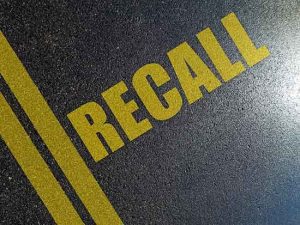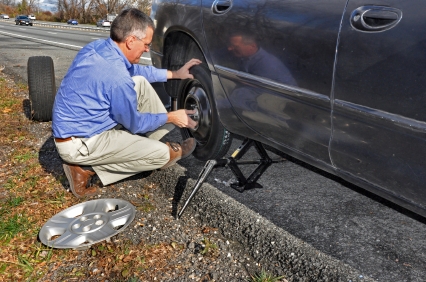These Steps Make it Easy To Find Out
by Rich Ellis
For as long as there have been automobiles, there have been recalls. Popular history even has it that one of the first-ever vehicle recalls was to replace seat-cushioning material. The vehicle manufacturer’s “money-saving idea” to use Spanish moss to fill the seats turned out to be a rather costly blunder when it was discovered the moss – and now seats – were infested with biting bugs and had to be replaced.
The good news is there’s a proven-successful system in place to communicate to vehicle owners this important safety information, the vehicles affected, and the steps drivers should take to have repairs made.
Vehicle manufacturers issue most recalls voluntarily once they discover a problem. Within 60 days of alerting The National Highway Traffic Safety Administration (NHTSA), vehicle manufacturers will also notify consumers with a fix. NHTSA monitors vehicle recalls to ensure consumers receive free, safe, effective remedies. NHTSA also investigates driver complaints related to vehicle safety and performance, and working closely with vehicle manufacturers, can issue vehicle recalls based on the results of their investigation.
If you’re wondering whether your current vehicle or a vehicle you’re considering purchasing is affected by a recall, it’s a smart question to ask. Several industry surveys estimate that nearly 30 percent of recalled vehicles never receive the recommended repairs. Here are several methods to discover whether a vehicle is affected by a recall, or even multiple recalls.
- Open your mail. Automakers distribute recall notices via mail and email based on state DMV records.
- Find your Vehicle Identification Number (VIN). Every vehicle has one, and you’re going to need it to see if there’s been a recall. The VIN is usually located on the driver’s side, bottom corner of the front windshield, on a sticker on the driver’s side doorsill, and on the vehicle registration and insurance card.
- Visit www.nhtsa.gov: This is the National Highway Traffic Safety Administration’s website. Start by entering the vehicle year, make and model to view general safety stats, recalls, and complaints. However, to see specific recall information for your vehicle, you’ll need to have the VIN on hand. You can also enter the VIN on this site: https://vinrcl.safercar.gov/vin/
- Ask your mechanic: They have access to all vehicle recall information, as well as to Technical Service Bulletins (TSBs).
- Sign up for recall alerts: https://www-odi.nhtsa.dot.gov/nhtsa/subscriptions If there’s a recall, you’ll receive an email notification.
- Search complaints about vehicle equipment by keyword: Visit https://www.nhtsa.gov/recalls#equipment to search for recalls on a particular vehicle, and also on car seats, tires and other vehicle equipment.
- Visit your vehicle manufacturer’s website: They all have one.
Because vehicle recalls are usually to correct a safety-related issue, it’s important that you pay attention to recall notices, periodically check to see if a recall has been issued that you missed, and have the necessary repairs made in a timely manner.


